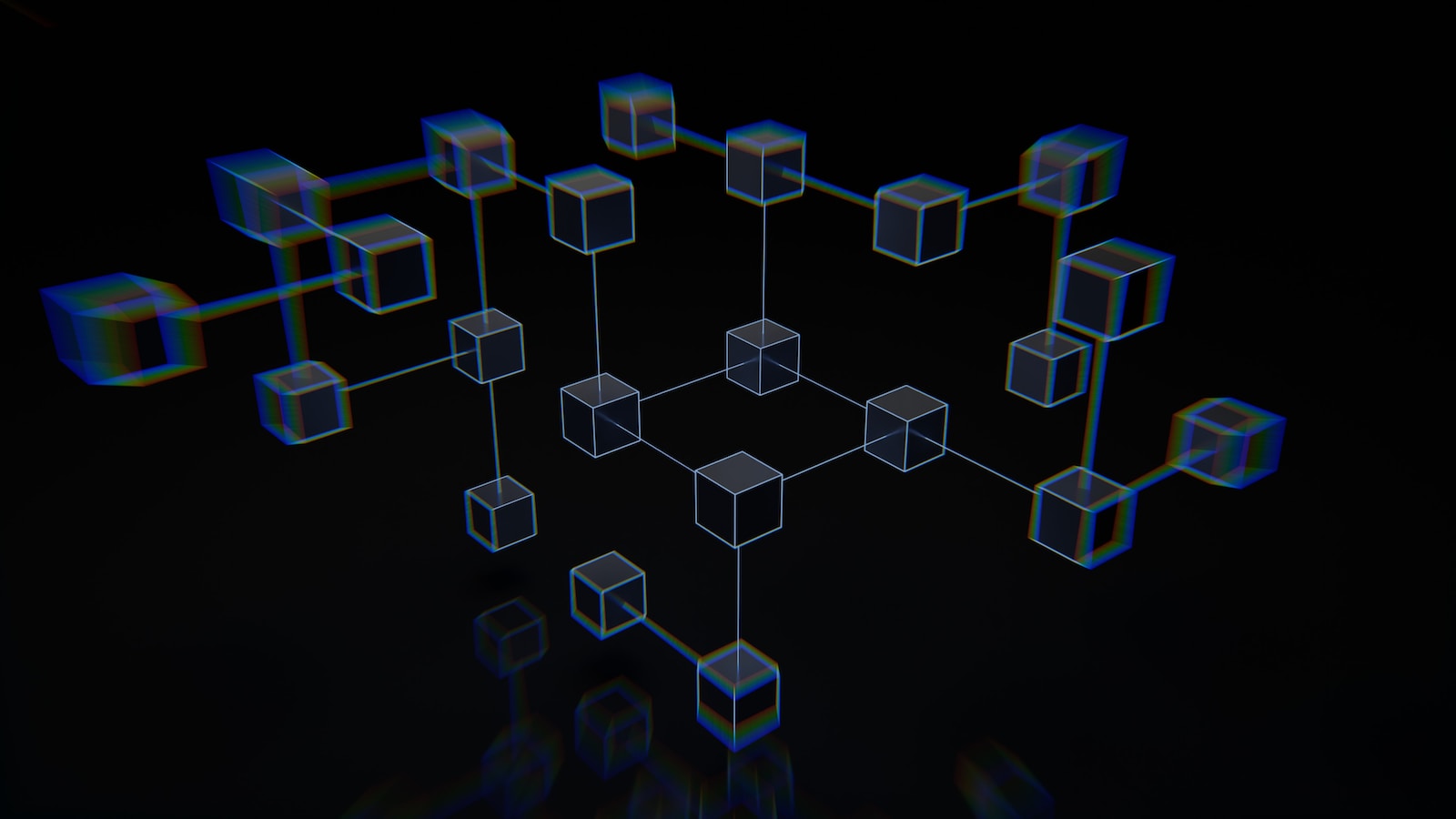Introduction:
The Internet of Things (IoT) has revolutionized the way we interact with technology by connecting devices to the internet and enabling seamless communication and data exchange. This article delves into the challenges and opportunities that arise from this interconnected network of devices, focusing on IoT security, protocols, and applications.
- IoT Security: One of the foremost challenges in the IoT landscape is security. With billions of interconnected devices, ensuring the protection of sensitive data and safeguarding against cyber threats becomes paramount. This section explores the various security risks associated with IoT, including device vulnerabilities, data breaches, and privacy concerns. It also highlights the importance of implementing robust security measures such as encryption, authentication, and intrusion detection systems to mitigate these risks.
- Protocols for IoT: Interoperability and seamless communication between IoT devices are essential for their effective functioning. This section discusses popular IoT protocols such as MQTT (Message Queuing Telemetry Transport) and CoAP (Constrained Application Protocol). It explores their features, advantages, and use cases, along with considerations for selecting the appropriate protocol based on specific IoT applications. The article also emphasizes the significance of standardization efforts to ensure compatibility and interoperability across IoT platforms.
- IoT Applications: The IoT has opened up a plethora of opportunities across various sectors. This section highlights the diverse applications of IoT, ranging from smart homes and wearable devices to industrial automation and smart cities. It delves into how IoT is transforming healthcare, agriculture, transportation, and energy management, among others. Additionally, it discusses the potential benefits of IoT applications, including improved efficiency, enhanced decision-making, and cost savings.
- Overcoming Connectivity Challenges: While the promise of a connected world is enticing, there are challenges that need to be addressed for seamless connectivity. This section explores issues like network scalability, coverage, and connectivity in remote areas. It delves into the advancements in wireless technologies such as 5G and LPWAN (Low Power Wide Area Network), which aim to address these challenges. The article also examines edge computing and fog computing as solutions to reduce latency and handle data processing closer to the source.
- Data Management and Analytics: With the proliferation of IoT devices, there is an exponential growth in data generated. This section discusses the challenges and opportunities associated with managing and analyzing massive volumes of IoT data. It explores the importance of data governance, data integration, and real-time analytics in extracting valuable insights from IoT-generated data. It also highlights the role of artificial intelligence and machine learning in leveraging IoT data for predictive analysis and proactive decision-making.
Conclusion:
The Internet of Things holds immense potential for transforming our lives and industries, but it also poses significant challenges. This article has explored the challenges and opportunities presented by IoT, focusing on security, protocols, and applications. By addressing these challenges, implementing robust security measures, and leveraging the power of IoT, we can unlock a future where connected devices enhance efficiency, productivity, and overall quality of life.





